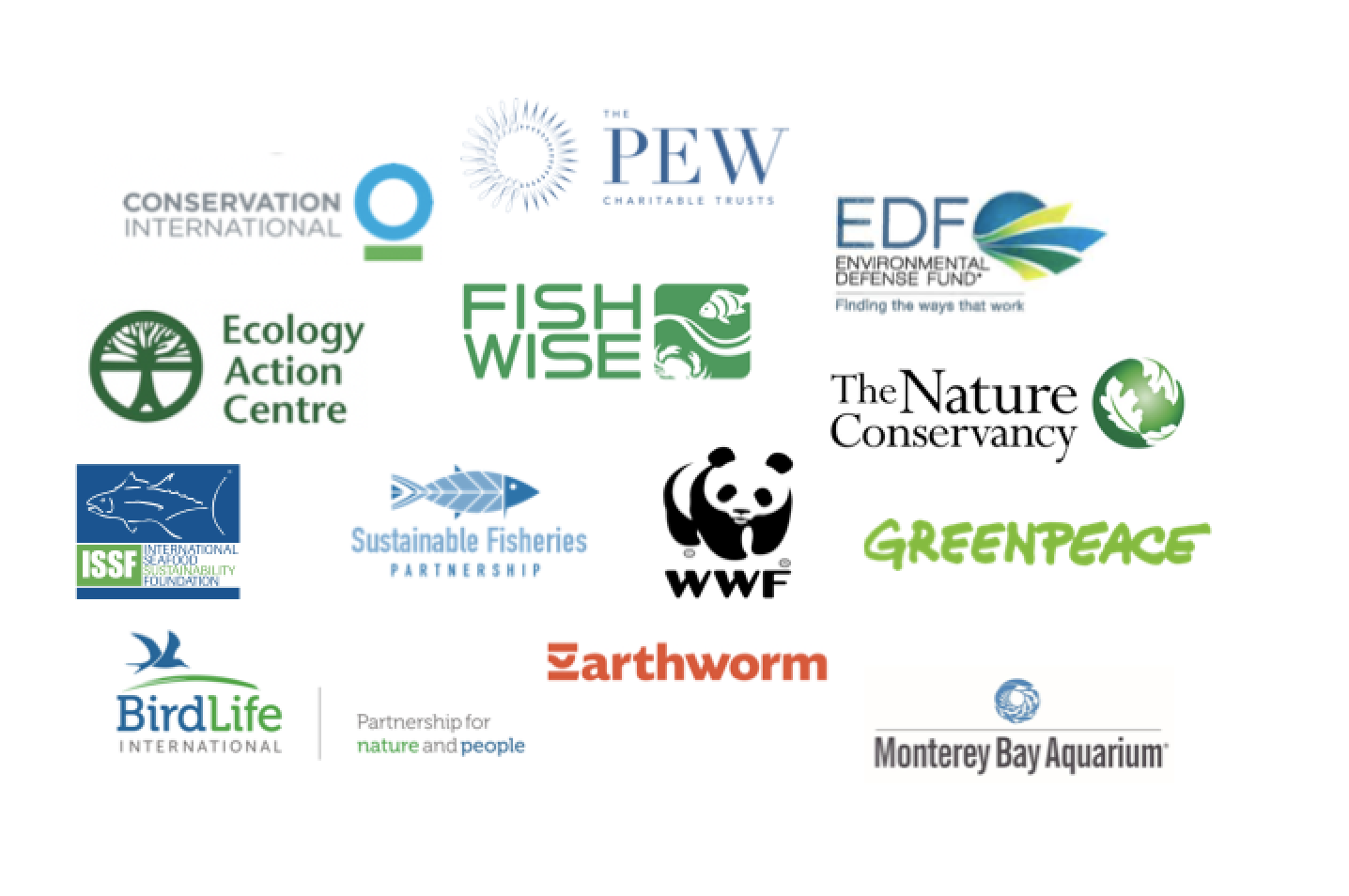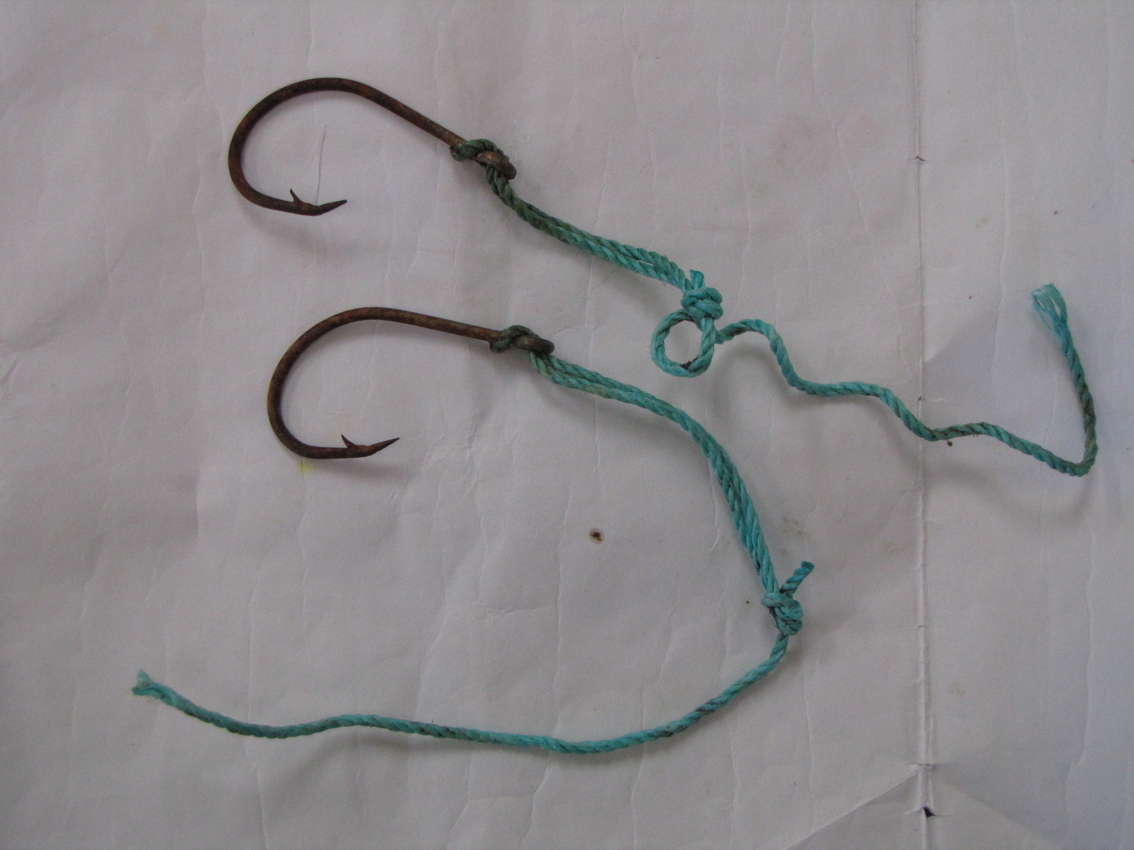A group of environmental NGOs (see illustration) has joined together to start a 100% Observer Coverage petition to reduce seabird bycatch in fisheries managed by tuna Regional Fisheries Management Organizations (tRFMOs).

Supporting partners of the 100% Observer Coverage petition
The Statement of Support for the petition follows.
“In many tuna fisheries around the world, the lack of independent monitoring of fishing activity means there is much we cannot see – including many known conservation and compliance problems such as illegal fishing, misreported or unreported catch, and bycatch of endangered, threatened & protected species. What we can’t see creates risk to fish stocks, to fisheries, and to companies that purchase tuna.
Regional Fisheries Management Organizations (RFMOs) have the power to reduce these risks by requiring 100% observer coverage – human and/or electronic – on industrial tuna fishing vessels. 100% observer coverage provides the means to mitigate the conservation and compliance issues that put tuna stocks, ocean ecosystems, and tuna supply chains at risk.
100% observer coverage can and must happen soon. There are no longer credible reasons to delay. We are committed to working together to make 100% observer coverage a reality. Join us in support of 100% observer coverage requirements across all tuna RFMOs.”
BirdLife International describes the reason for the petition:
“Unless you work in conservation, ‘bycatch’ is probably not a word you hear very often. In fact, it may be something you’ve never heard of before. And yet bycatch - when animals get unintentionally caught and killed in fishing gear - is one of the biggest threats to seabirds in the world.
Collectively, seabirds are one of the most threatened group of birds on the earth. Nearly one third of all species are Globally Threatened with extinction, and nearly half are experiencing population declines. Bycatch is a big part of these statistics.
Fortunately, there are some very effective measures that mitigate the problem of bycatch. Setting fishing lines at night is one way to ensure that birds like albatrosses and petrels, which feed during the day, don’t get caught on hooks and drowned. Another is to attach bird scaring or ‘Tori’ lines with bright streamers to vessels to frighten birds away. Fishers can also attach weights to lines so that they sink quickly, so birds can’t reach the bait.
When used, these methods can result in over a 90% reduction in bycatch. The problem, though, is that these mitigation methods are not always used. A recent study using satellites and algorithms to measure whether boats were setting lines at night found that less than 15% did. The statistic highlighted a persistent problem with mitigation methods: they are only effective when actually put in place. All too frequently, these methods aren’t being utilized.
That’s why BirdLife International is joining with other leading environmental NGOs to call for 100% independent observer coverage of tuna fisheries. If Regional Fisheries Management Organizations (RFMOs) require 100% observer coverage - either human and/or electronic - on industrial tuna vessels problems like illegal fishing, misreported or unreported catch, and bycatch of threatened species like albatrosses will all substantially decrease.”
The petition is being run via The Action Network.

Longline fishing hooks found beside globally Vulnerable Wandering Albatross Diomedea exulans nests on Marion Island, photograph by John Cooper
John Cooper, ACAP Information Officer, 27 June 2019

 English
English  Français
Français  Español
Español